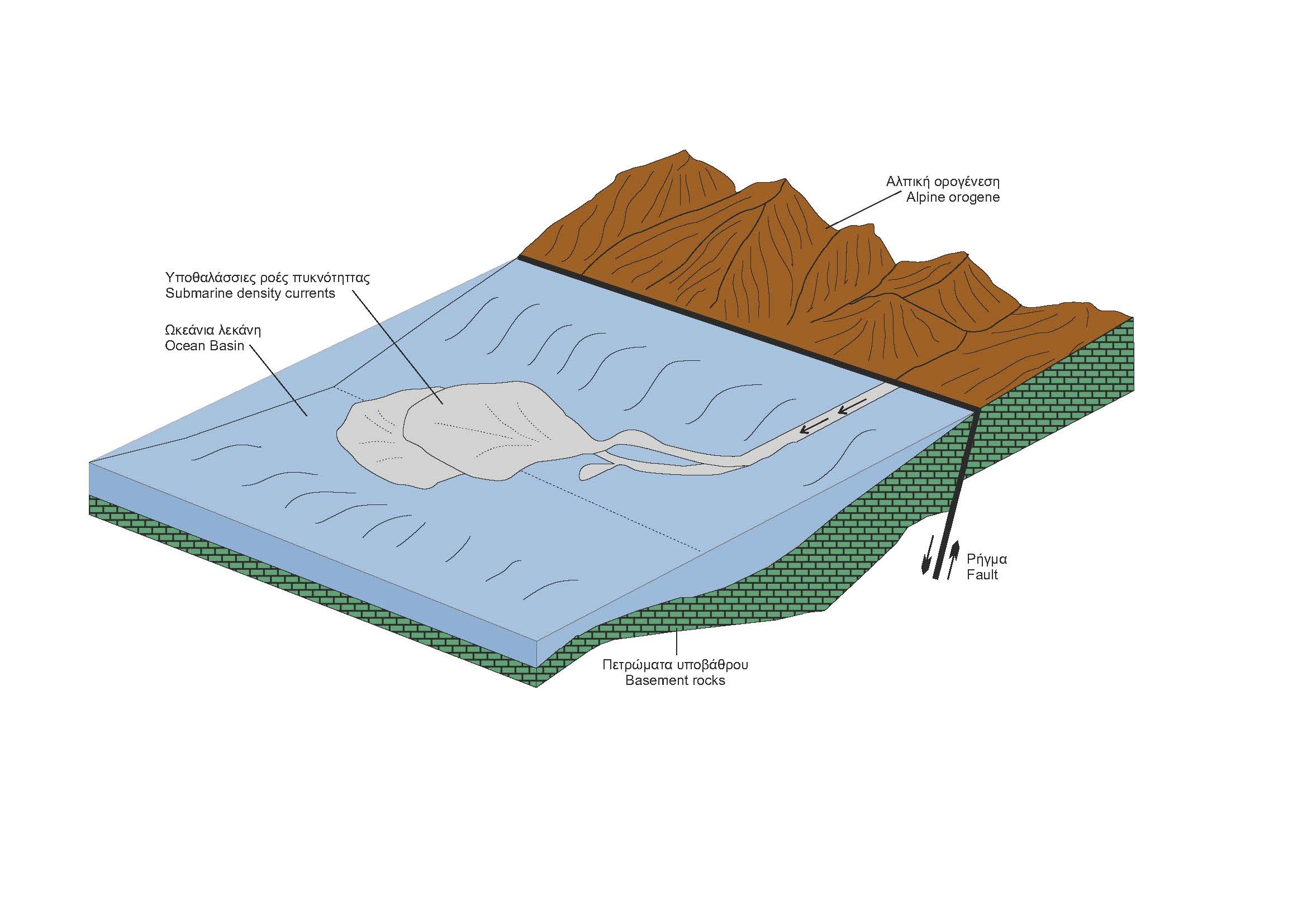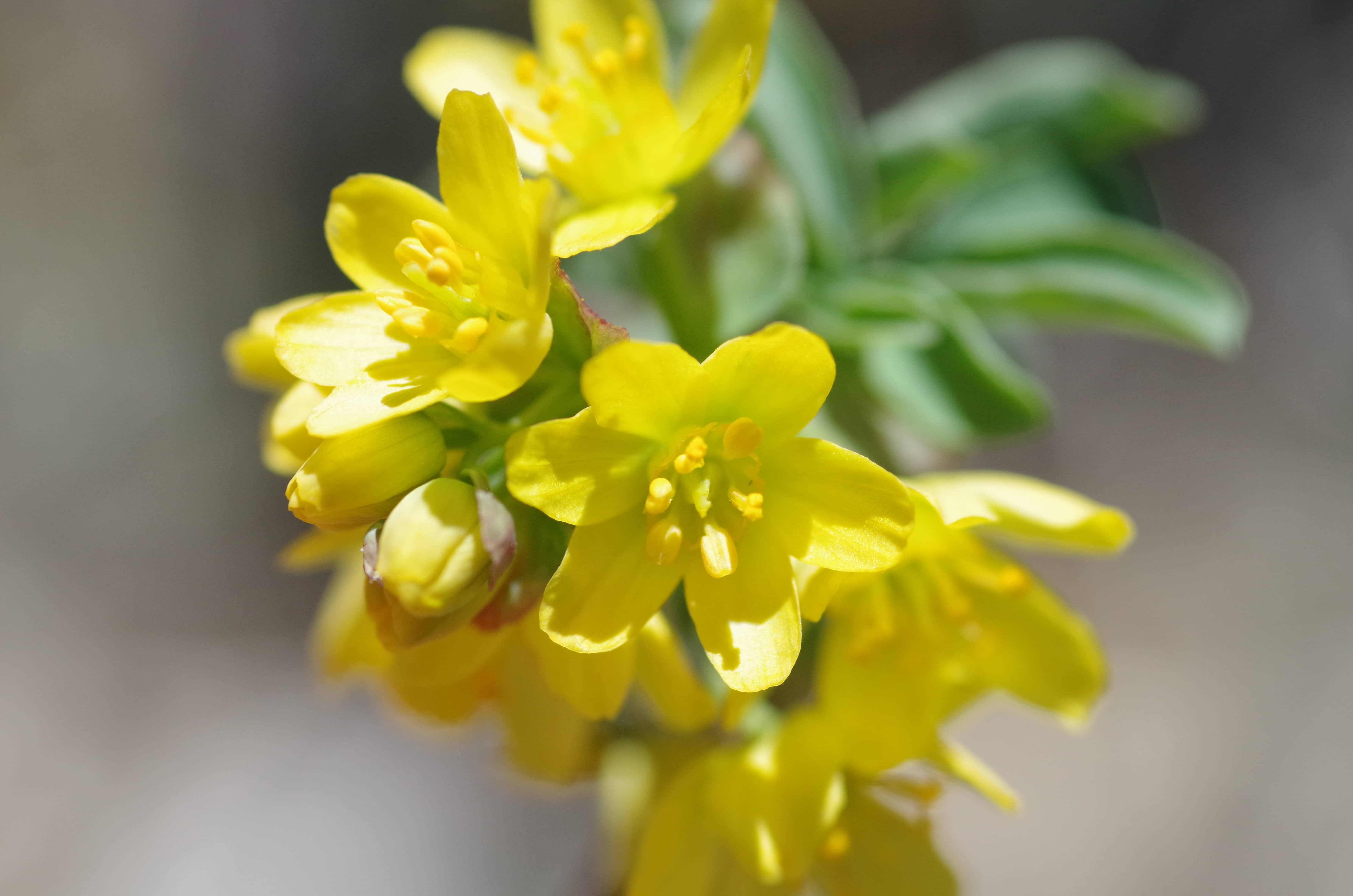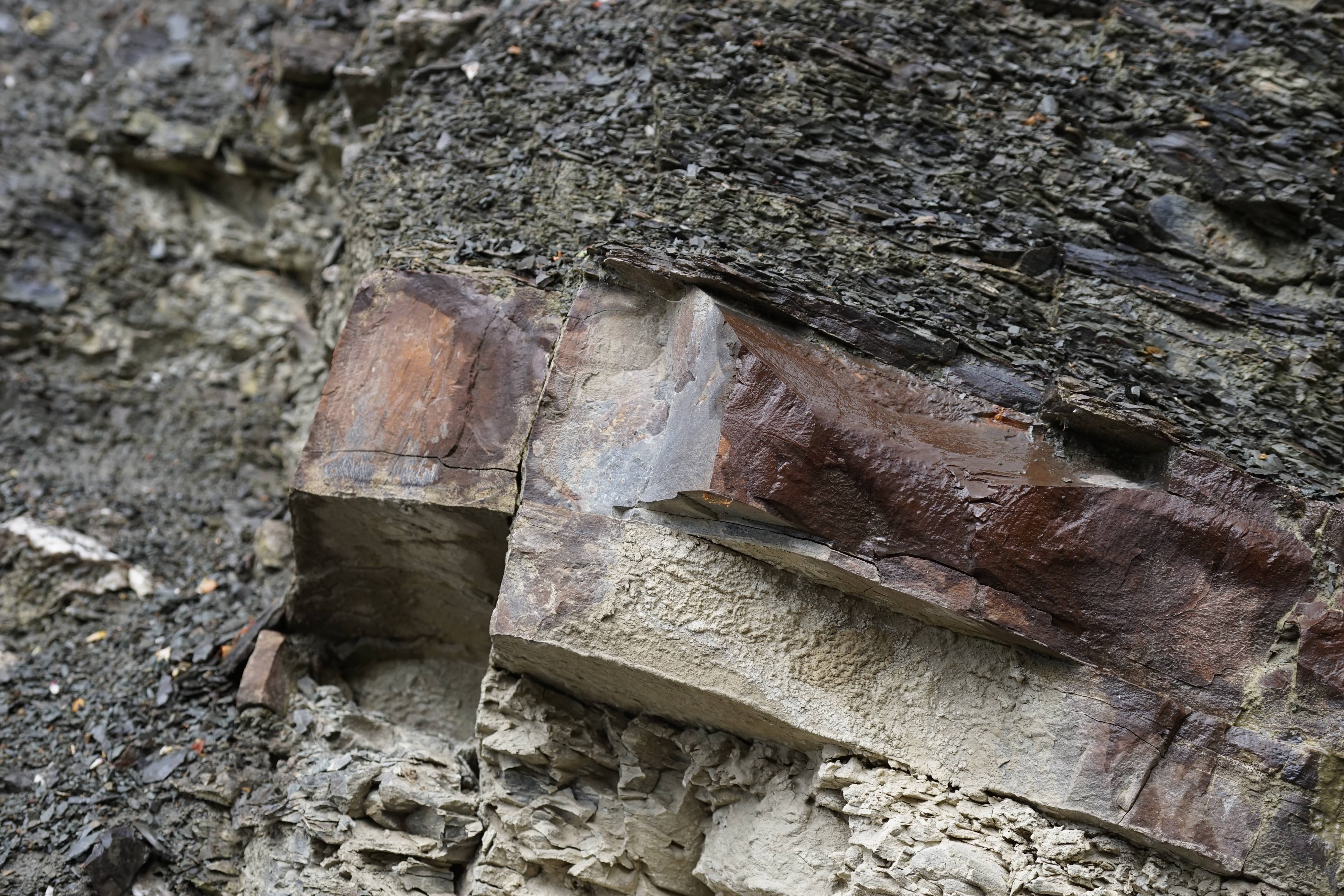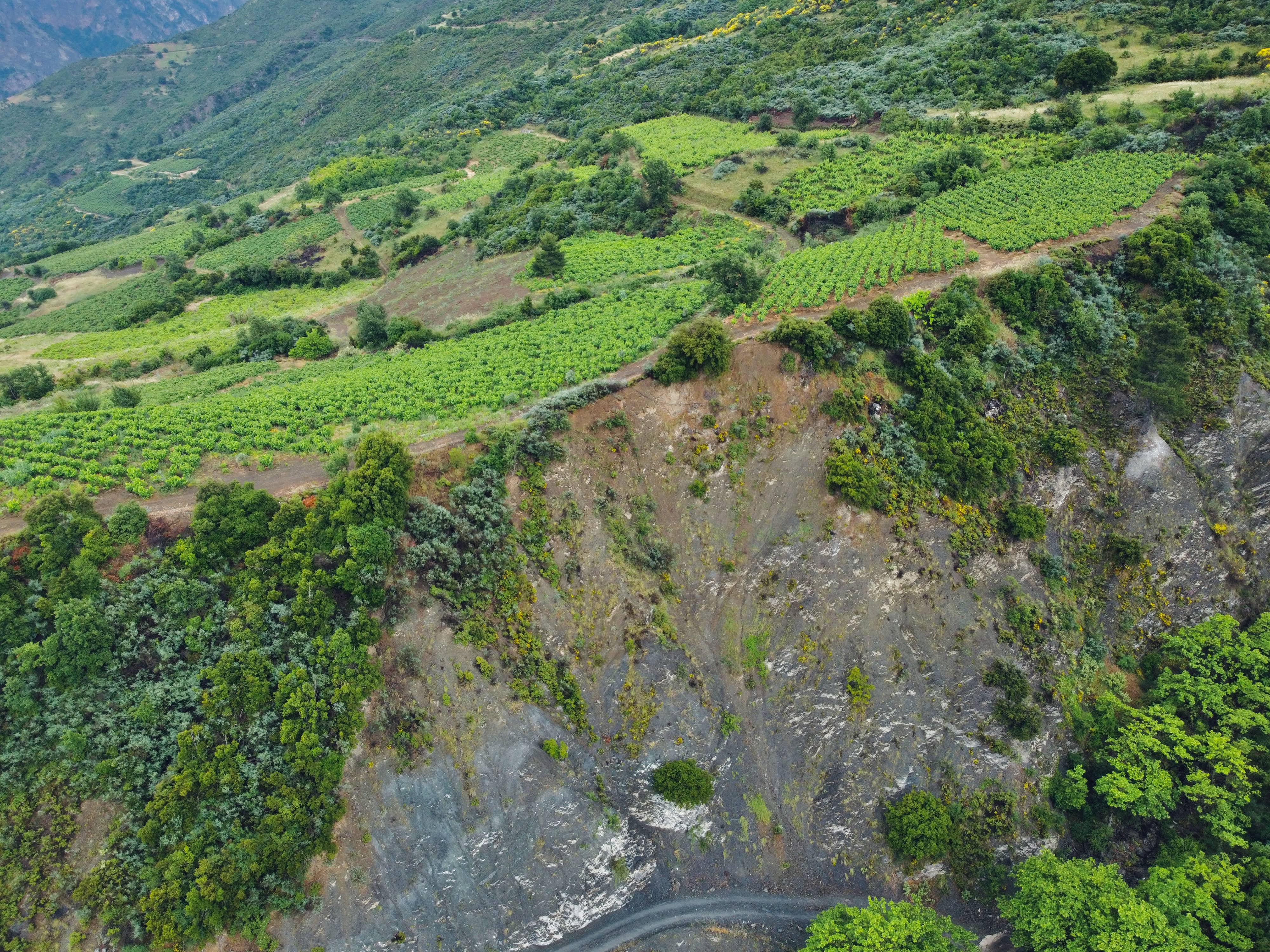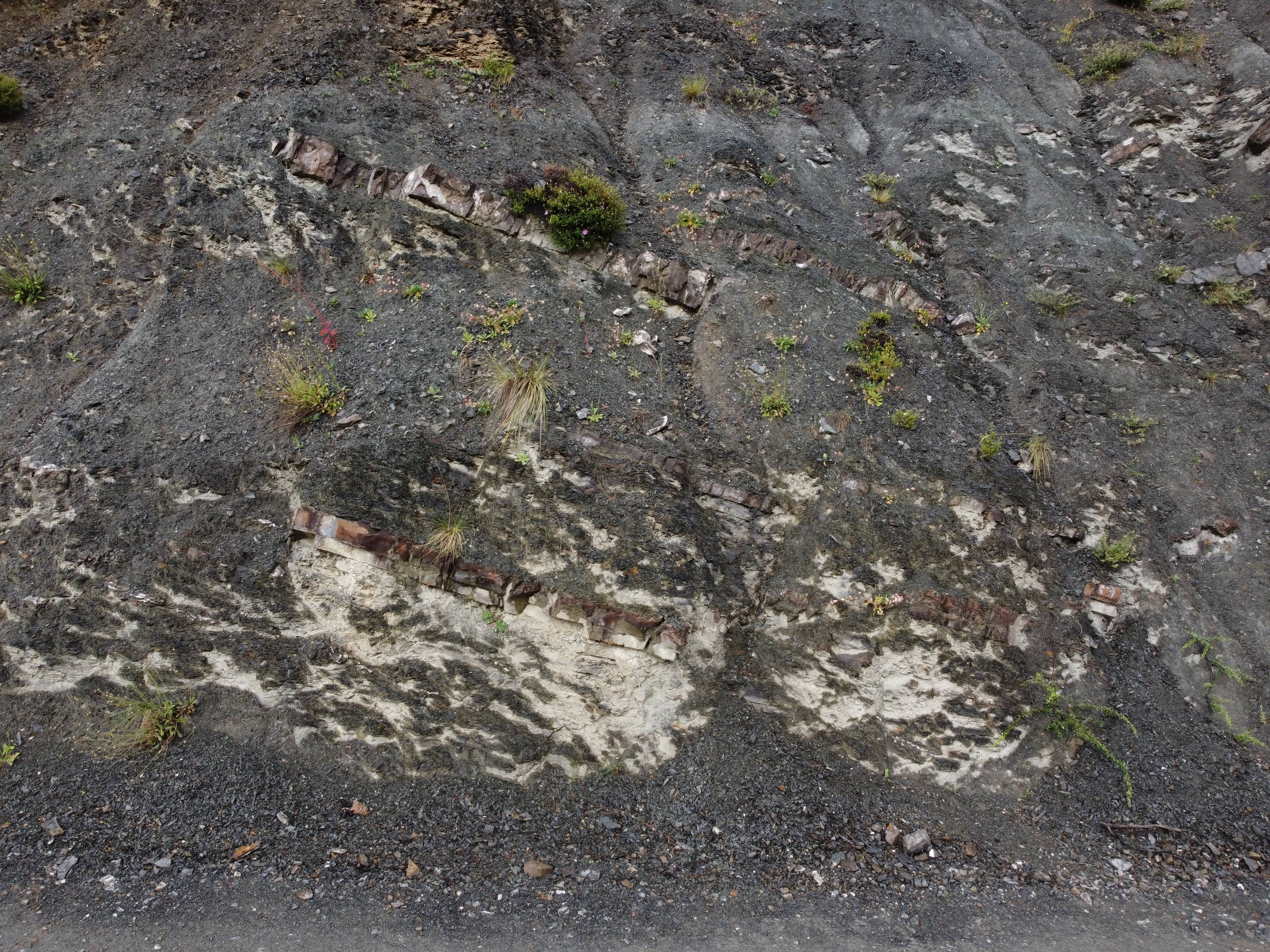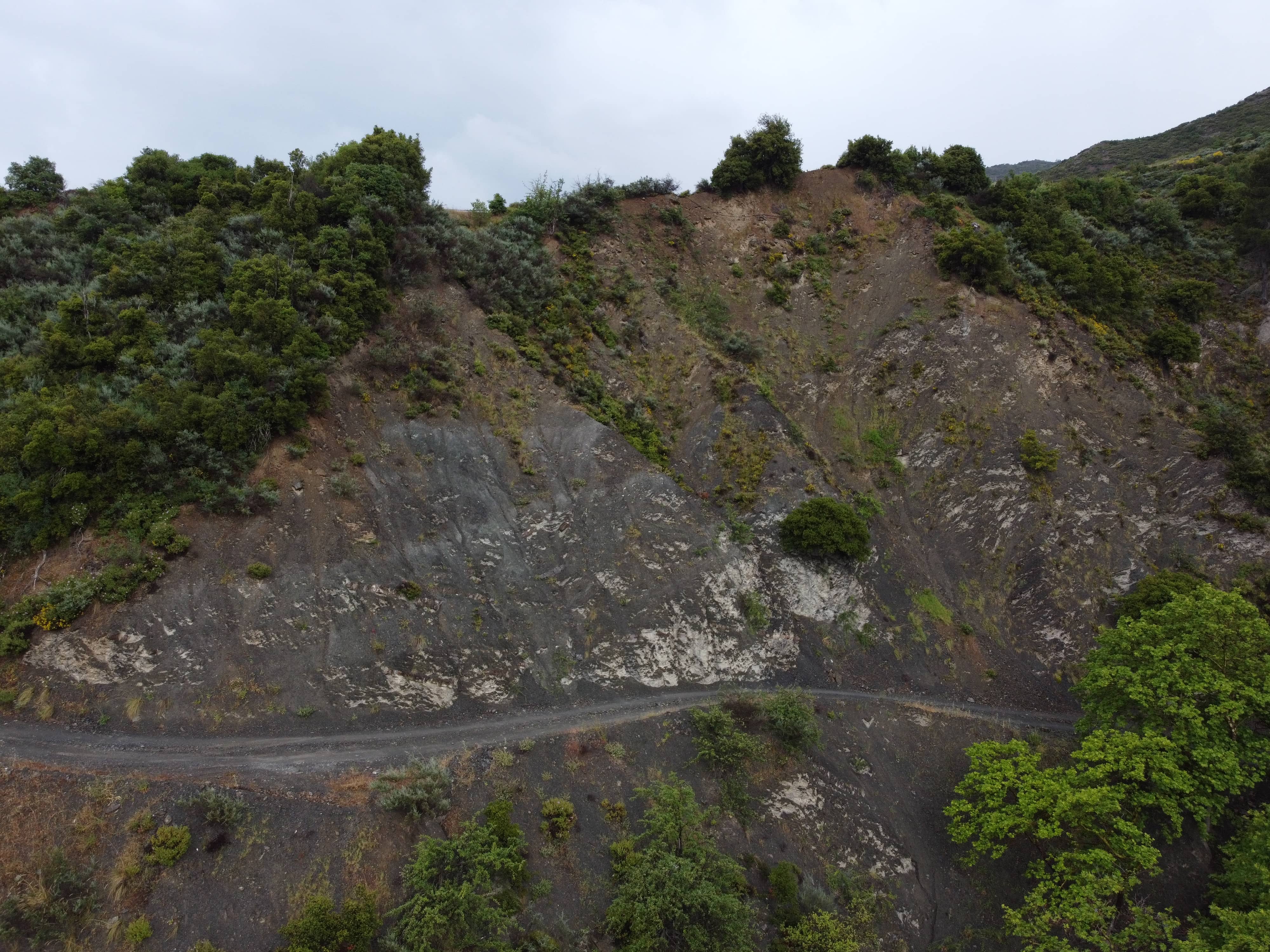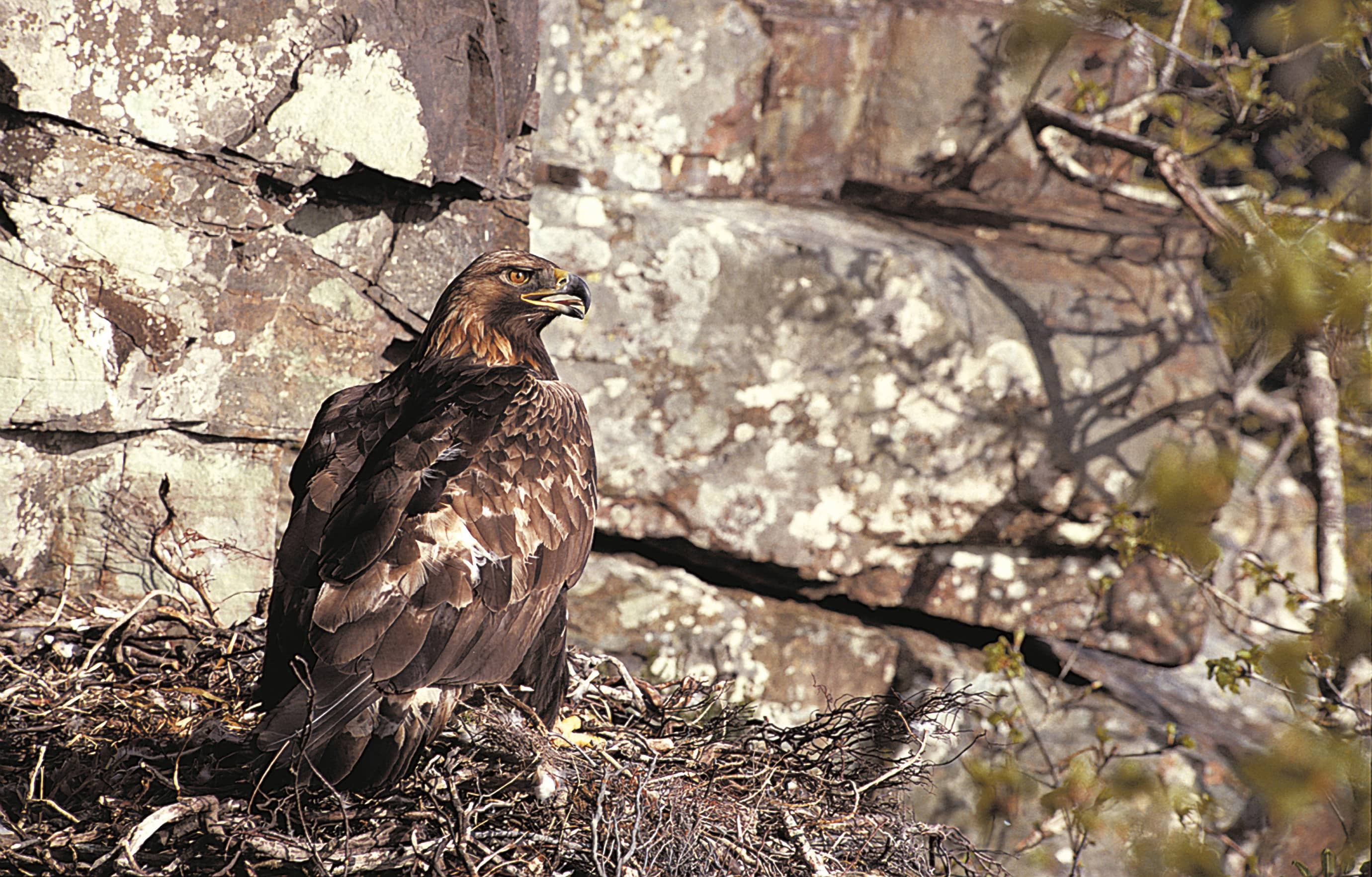AN OCEAN THAT TURNED INTO A MOUNTAIN
Mamousia village is built on rocks that until recently were named as “flysch”. Today they are called with the scientific name “submarine density currents”. It is a “lithologic formation” which means a group of different rocks that alter cyclically from finer grained (marls) to coarser grained (sandstones and conglomerates) or the opposite. In the nearby area, at the right riverbed of Kerinitis River there are the archaeological remains of the ancient city of Kerineia (Hellenistic era) with its ancient cemetery, remains of the walls that surrounded the ancient city and an ancient theater. This town was part of the territory of the famous ancient city Eliki.
Geodiversity
The rocks around Mamousia village belong to the Pindos geotectonic zone and were formed in a similar way. Millions of years ago there was an ocean called the Pindos Ocean. There, 66.4 to 36.5 million years ago (Paleocene to Eocene), sediments from the neighboring continuously growing mountains (Alpine orogenesis) were accumulating. Due to the pressure that existed in the area the rocks “squeeze”, “fold” and “break” (faults) and finally get uplifted becoming part of the mountains. Today, these rocks are found at 600m altitude. They constitute alterations of sandstone, marly limestones and pelites that are severely fragmented (fractures and faults) and curved (folded). They are showing the long story of a sea that turned into a mountain.
Flysch formation, in combination with the high relief and the microclimate of the area, provides ideal conditions for the cultivation of vines. Large vineyards are cultivated around this geosite.
Biodiversity
In open rocky limestone soils and at an altitude above 1400m, in the area of Rouskio, occurs the Greek endemic plant Gymnospermium peloponnesiacum. The area of Mamousia and Rouskio is located within the Special Protection Area (SPA) for avifauna “OROS CHELMOS (AROANIA)-FARANGI VOURAIKOU KAI PERIOCHI KALAVRYTON” (GR2320013). The avifauna of the area is of great interest and includes birds of prey, such as the Golden Eagle (Aquila chrysaetos), and the Eurasian eagle-owl (Bubo bubo).

